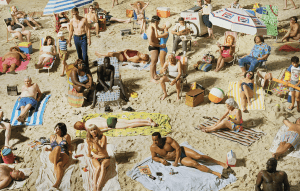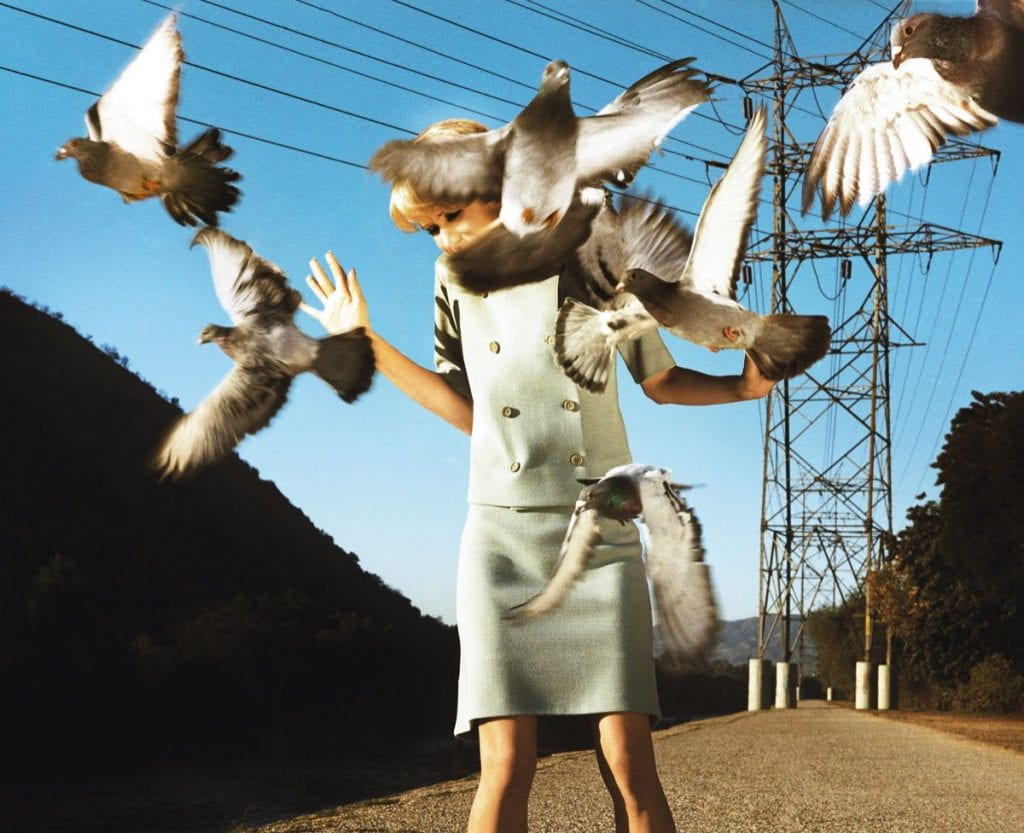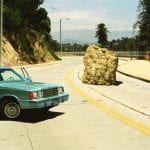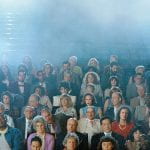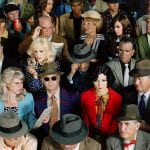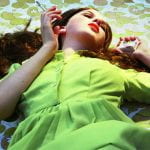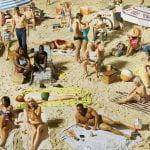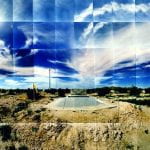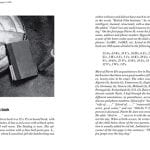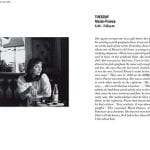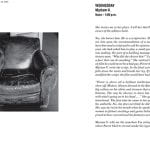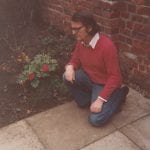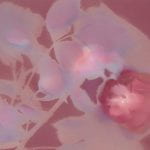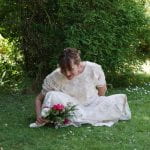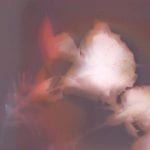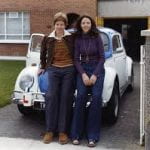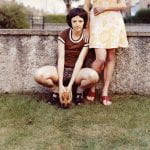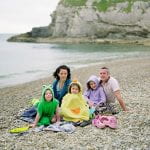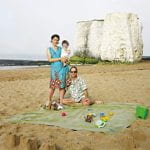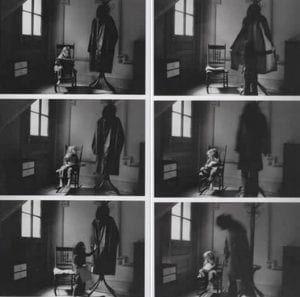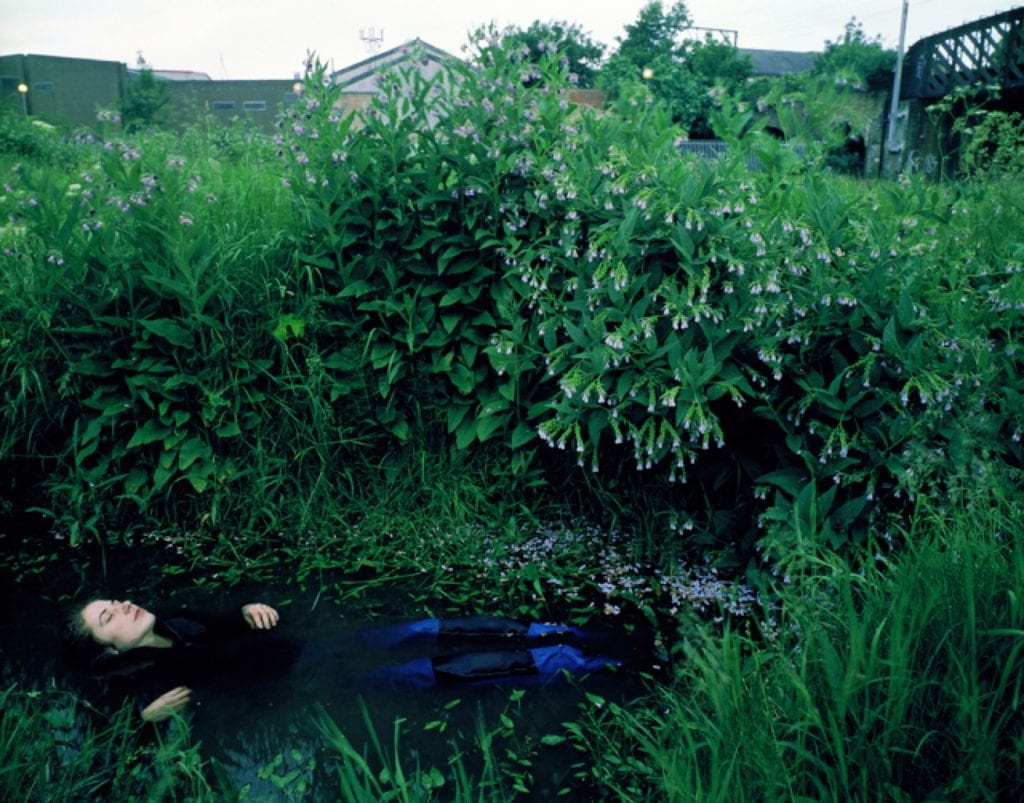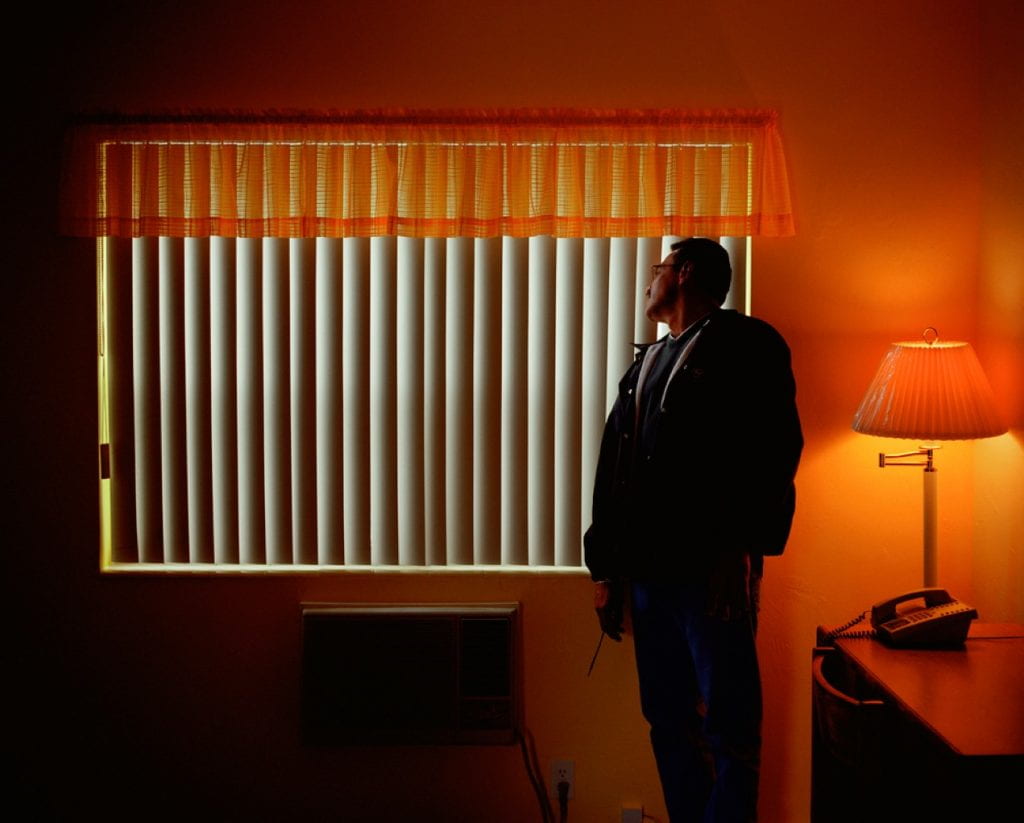Teresa Williams is:
Working with different mediums, digital images are constructed using her own photography, found photographs, archival material and memorabilia; mostly juxtaposing the historic with the contemporary. Resultant photomontage series facilitate the cohabitation of factual and imaginary glimpses and investigations; creating vernacular narratives based on individual and collective memories and stories which are open to interpretation by the viewer. Her practice is informed through research and investigation, and has parallels with the textures and timbres associated with Music. Each piece within a series may be seen as a stand alone image as a thematic link to the whole. Other photomontage works document the changing landscape in a contemporary, abstract way.

